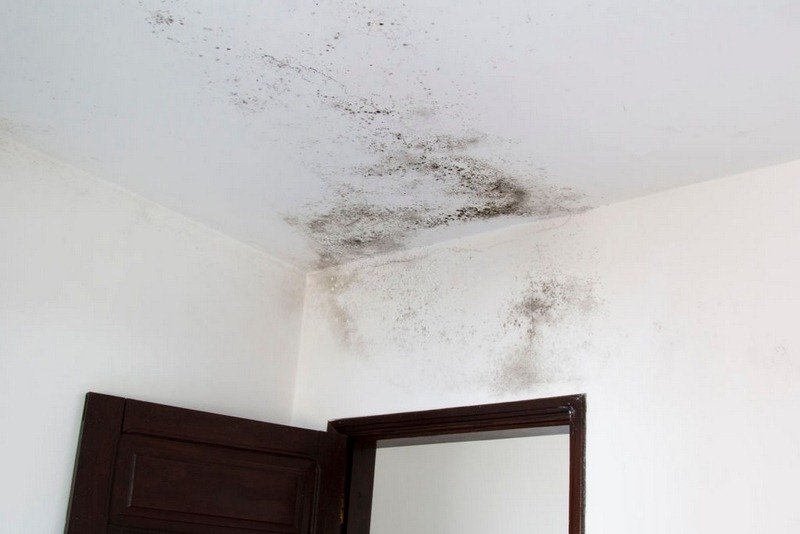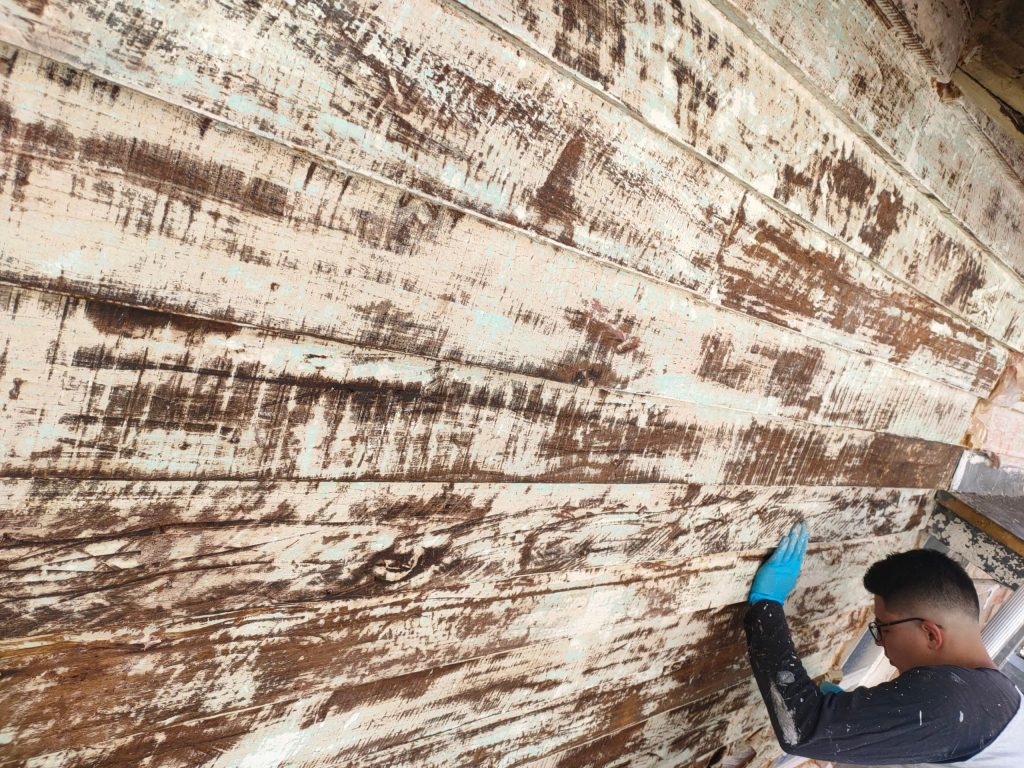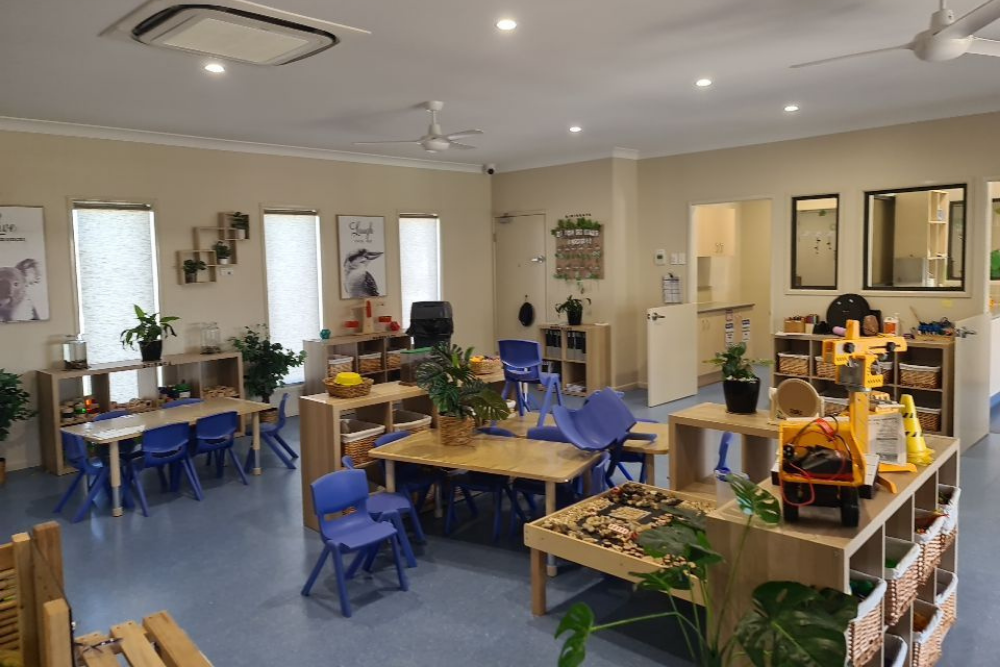Proactive commercial property facilities maintenance is looking out for the earliest signs of possible problems or issues and meeting them head-on with timely routines and action plans instead of allowing emergencies or expensive repair work to happen.
Keep in mind that a problem is only as big as it is allowed to grow. Often, there is a small, simple key to solve it.
This article contains essential tips on commercial property maintenance issues such as concrete cancer, efflorescence, leaks, and lead paint, and what facility maintenance managers can do to address them in time-saving and cost-effective ways.
Concrete Cancer

Aside from rust stains on paint, concrete that is expanding, cracking, or crumbling, as well as leaks on inside walls, concrete cancer is an indicator of the deterioration of a building’s structure.
When steel and iron bars are exposed to air and water, they corrode and seep in, expand, and crack the concrete. Spalling causes further corrosion as the steel and iron are exposed to more air and water.
Another name for “concrete cancer” is “spalling” which, like cancer, can be cured if identified and treated at the onset. If ignored or overlooked, concrete cancer can create worst-case scenarios such as expensive repairs or even evacuation.
Concrete cancer is commonly caused by weather, building defects, poor waterproofing, saltwater, poor quality concrete, or ground movement that creates cracks in the structure. The cause and the amount of damage determine the treatment for concrete cancer.
If you suspect that a building is showing signs of concrete cancer, act now and leave a message online before the damage worsens. Let us inspect and verify the issue and examine the best options for you, from a polymer-modified repair to electrochemical treatment for chloride contamination.
Efflorescence
According to a data sheet released by CCA Australia, efflorescence often appears in winter, after heavy rains, or during cold weather, showing as white salt deposits on or near cement surfaces or hidden in the pores of concrete (crypto-fluorescence).
While it is often impossible to accurately pinpoint one out of many causes of efflorescence, there are two points of agreement: (1) efflorescence is unsightly and damages paintwork, and (2) efflorescence stops when there is no moisture through the substrate.
Initial efflorescence can be removed with a stiff, dry brush, a mild cleaner, a water rinse, and wiping to dry out. A source in New Zealand recommends a penetrative oligomeric polysiloxane as well as dilute hydrochloric acid.
However, severe cases of efflorescence require an invasive inspection to identify and stop moisture, seepage, or leakage. Abrasion or surface blasting should be used with care to avoid changes in the texture and appearance of the surface.
For this, an experienced contractor can help and remove efflorescence to ensure that the paint is not damaged. For fast service, call us at 1800 952 878 to eliminate the moisture source and ensure that efflorescence doesn’t appear again.
Meanwhile, the Adelaide City Council offers a technical guide for cases of salt attack, moisture seepage, and dampness commonly seen in Australia.
Leaks

Given time and opportunity, the tiniest of leaks can result in mold, mildew, paint damage, as well as water damage to homes, buildings, and everything inside. Whether people engage in private or commercial activities, leaks are something that should be stopped at the onset.
A 2015 report on preventing leakages points out that leaks can be caused by climate, the natural deterioration of aging construction or building materials, as well as by the designer, the building owner, as well as the maintenance team.
As a result, several “technologies developed, adopted or adapted” include robotics, rubber sealants, and “leaks and breaks” inspection and maintenance, says a 2019 Sydney Water report.
Leaks can result in tenant inconvenience, dissatisfaction, and even litigation, with expensive damages that can take much money to fix. According to a source, waterproofing is only 1.8% of the cost of constructing a building, and yet 89% of complaints about building defects are about leakages.
The roof areas of commercial properties often require specialized systems and regular inspections, particularly those that accumulate water, those with utilities, penetrations, or attachments, to ensure efficient drainage and water tightness.
Experienced facility managers regularly examine a building’s gutters and roofs for rusted, leaking, punctured, weathered, or damaged areas. At the same time, they also take care and routinely but carefully examine inside and outside pipes and plumbings, kitchens and bathrooms, ceilings for stains or signs of leaks.
At the first signs of hidden leaks such as mold, mildew, stains, cracking, bubbling, efflorescence, or peeling paint, email us at [email protected] for a free inspection report.
Lead paint

Over several millennia, records show that lead has been used for its durability, malleability, and resistance to corrosion. During the last century, lead has been used particularly in house paint for its ability to improve color and durability. However, a chemistry and molecular diagnostics textbook says that lead has dangerous effects on human health.
Towards the end of the 19th century, two Australian physicians, Gibson and Turner found that exposure to even small amounts of lead dust results in lead poisoning. The 1904 report, titled A Plea for Painted Railings and Painted Walls of Rooms as the Source of Lead Poisoning Amongst Queensland Children, led to legislation in the 1960s that mandated the reduction of lead in domestic paints in Australia.
The Australian Government published the 2018 renovation guide to renovating homes and buildings painted with lead-based paints, particularly those built before 1970. Despite these warnings, many structures all over Australia still have lead paint on their walls, as proven by tests on children in Port Pirie in 1984, in Broken Hill in 1991, and in Mount Isa in 2017.
Thankfully, it was found that well-maintained lead paint that is not damaged, chalking, or flaking is not a health hazard. However, when lead paint is disturbed but scratching, peeling, or renovation, lead dust can be inhaled from the air.
Regular paint inspection in homes, schools, clinics, hospitals, dormitories, and commercial property is recommended to all homeowners and building facility managers.
In particular, surfaces painted before the 1970s can include ceilings, skirting boards, metal surfaces, cupboards, gutters, fascias, window and door frames, and even exterior walls that could be hidden under later layers of paint.
Commercial properties with playground equipment produced before 1998 may also be covered with lead-based paint that is overlaid with a polymer coating. According to a government source, damage to the polymer coating due to general use or weather erosion can expose the lead paint.
Since painting over lead paint is a solution that does not last for long, there may be hidden risks that can only be revealed with careful lead testing. To ensure your health and safety, call us at 0449 846 744 for a free lead paint test on your home or building.
Takeaways
The maintenance of commercial facilities is a never-ending challenge as each day can uncover one issue after another. Little signs such as stains on paintwork or hairline cracks on masonry can mean expensive repairs if overlooked or ignored.
However, this article suggests ways to save time and money by providing practical tips on proactive commercial property maintenance issues such as concrete cancer, efflorescence, leaks, and lead paint.
Remember, even if you only suspect that there might be a problem, it is better to be safe than sorry. Email us at [email protected] for professional help.
If you are concerned that concrete cancer, spalling, efflorescence, leakages, moisture seepage, dampness, or lead in paint is causing urgent problems and requires immediate action, call us at 0449 846 744.
Surepaint. We’re here for you, mate.



